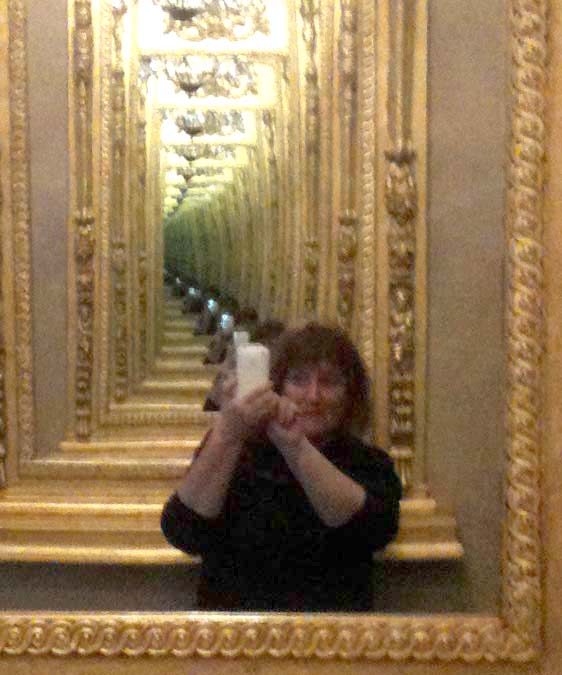Web 205: A4 - Ten Job Interview Stories
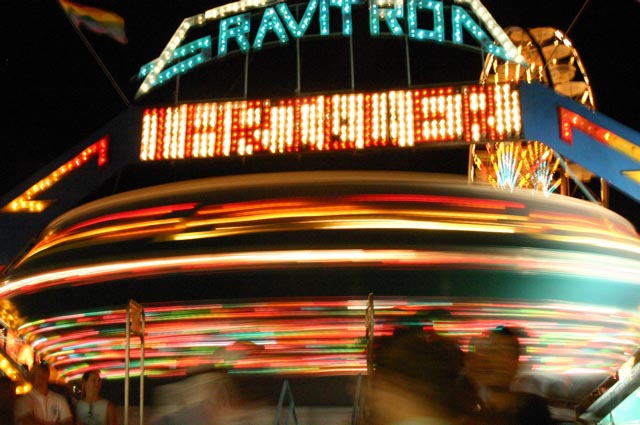
- TEAM experiences - your projects and roles (2 stories)
- GOOD - things you'e done or been rewarded for (2 stories)
- BAD - something that's happened to you and how learned from the experience (2 stories)
- SPECIAL - something unique that you bring to the job or team (2 stories)
- FUTURE - your plans for the future? your goals and aspirations? (2 stories)
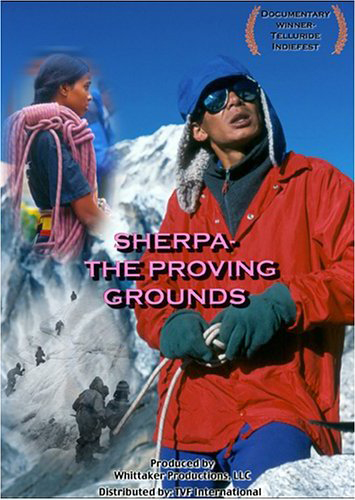
TEAM - "What you REALLY might need..."
I was hired as an editor from an outdated Media Directory. Win and Sarah Whittaker had returned from India with a good 40 hours of the most amazing video footage of the Himalayan Mountaineering Institute I'd ever seen. They had logged the tape and now they wanted to edit it into a story. "Do you have a story?" I asked. "We have a dozen stories. We want to make them into a documentary and we need an editor." "There's nothing to edit yet. You need a script and a strategy."
So Sarah logged the tapes with an eye for complete story lines, Win set up the editing equipment and assembled the segments, and I started building the script with major points of the story they wanted to tell. The convergence of these efforts led to a finished film that told the great story they set out to get, and a first prize at the Telluride Mountaineering Film Festival.
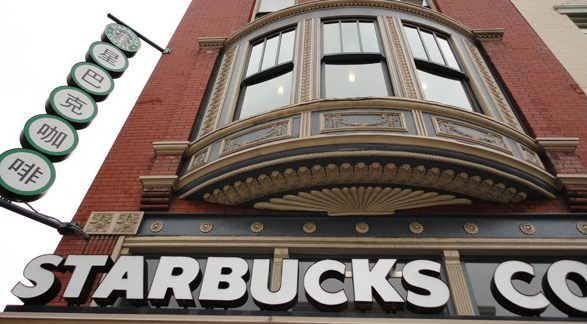
TEAM - "Wait. What just happened here?"
At Starbucks quarterly meeting the five North American region design teams for store development had a meeting to discuss how we performed. There was an average number of stores opened for the group and four regions were below that average and only one was astronomically above it - ours. No one stopped to analyze why.
I stopped the meeting to find out what our group did differently that knocked the schedule from six weeks per store to three. Turns out that we sent our schematic designs to engineering the moment we got them, so they could do their designs at the same time we developed ours. The other teams waited to finish their designs completely before sending it to engineering, so there was two week gap of time where the store design sat waiting for completion. This simple difference was adopted by the other groups and a notable increase in completed stores exceeded the quarterly projections by 20%.

GOOD - "Dad's Got a Barn, Let's Put On a SHoW!"
In 1999 a number of my friends and I had been trying to get our travel articles published and no one was biting. We were frustrated by a lack of exposure for our work.
Since I was learning to make web pages for another project, I decided to start a magazine to showcase the travel articles and photographs of my own and those of my friends. The internet was in its infancy and I saw an opportunity to create something that appeared on par with Salon.com and the large newspapers. There was no difference, opportunity-wise, that I could see, between us and them. I had electrons, a computer, I could make a web page, I could buy a ten dollar domain name. I could make it look legit. As long as I kept away from print costs and ads, I was publishing nearly for free.
The first issue went on line in March, about two weeks after I rounded up stories, taught myself html, and made the pages. Financial success came a few years later when Google introduced adsense and we ran text ads with each quirky story. Four of our original group went on to publish books and write for major newspapers, using their work in Get Lost Magazine as portfolio pieces.
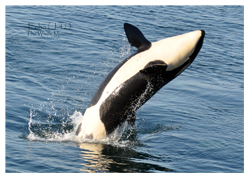
BAD - "throwing the customer into the the vortex to get them involved"
Managing the Whale Museum's store and gallery full time, I was assigned to work in the store half time due to cutbacks in budget. I misplaced special orders routinely for a while. Every time I dealt with a customer who came or called to fix the mistake, I ended up with a large donation.
A local came in to ask about her order at the same time that I was busy on the phone taking messages from the Soundwatch boat which was following a particularly good whale sighting. While I worked with the customer's order, and while discussing the daily operations at the museum, the customer asked how much it cost in gasoline to keep the Soundwatch program running. I called the boat driver who was on the water and got an answer in the midst of all the excitement. The customer wrote a check for $4000 and asked it that would be enough to finish the season.
So my weakness dealing with daily shop routines allowed me the opportunity to update interested visitors on the background excitement of the museum, allowing them to feel a part of it all.

SPECIAL - Color can unify a bunch of information like nothing else"
I worked for an engineering company that manufactured machines that did unique tasks in automotive assembly plants. Engineers would give me a CAD file with many parts all drawn up, and I would isolate each part and make a drawing that could be manufactured. Because there were so many parts and no documentation, I needed a way to communicate with the designers about what parts had been finished, and what parts still needed to be done.
I printed out the machine assembly drawing, hung it on the wall of my cubicle, and with colored pencil, colored each part a different color on the drawing when I finished it. The visual feedback was very easy to read and very attractive.
When we were nearly done with the parts drawings, my color-coded map disappeared from the wall. The lead engineer had found it very useful through the process and in the end, the drawing was used as the first page of the documentation book that was sent with each machine.
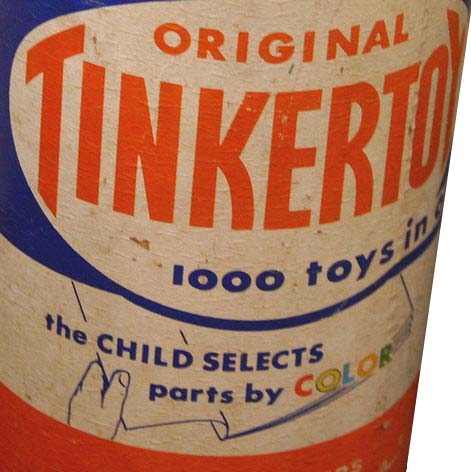
SPECIAL - "Wildly Diverse and yet able to connect everything with everything else"
My newest project is a blog which attempts to connect everything with everything else. Originally, when collecting information on a wildly diverse world of information, I would sadly put the information into little text files in a folder full of other stories waiting to see the light of day. I started This Offbeat Life as a magazine-style blog to house these pieces of work. The response has been heartening, with a rapidly growing readership.
it's the repository for the valuable pieces of information too long for twitter, too diverse for the other magazine web sites, and too useful to go un-written.
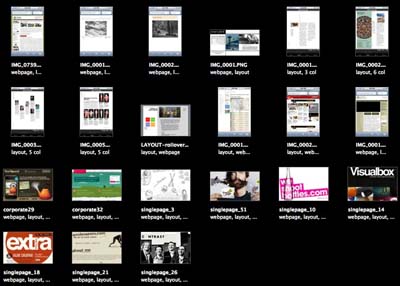
FUTURE - "My mastery of CSS Will be Very Deep"
From time to time I find websites I love that I want to emulate in some way. I don't want to lose them so I collect screen shots of fantastic web pages, and put them in iPhoto and then onto my iPhone.
I've had prospective clients who don't know where to start, and in addition to sketching out some ideas on paper, I can show them this collection of layouts and pages on my iphone and give them some ideas about what they could choose from.
I have a special domain where I try out designs and now there is a library of scripts and designs I've done, that I can draw from to serve clients and their projects.
